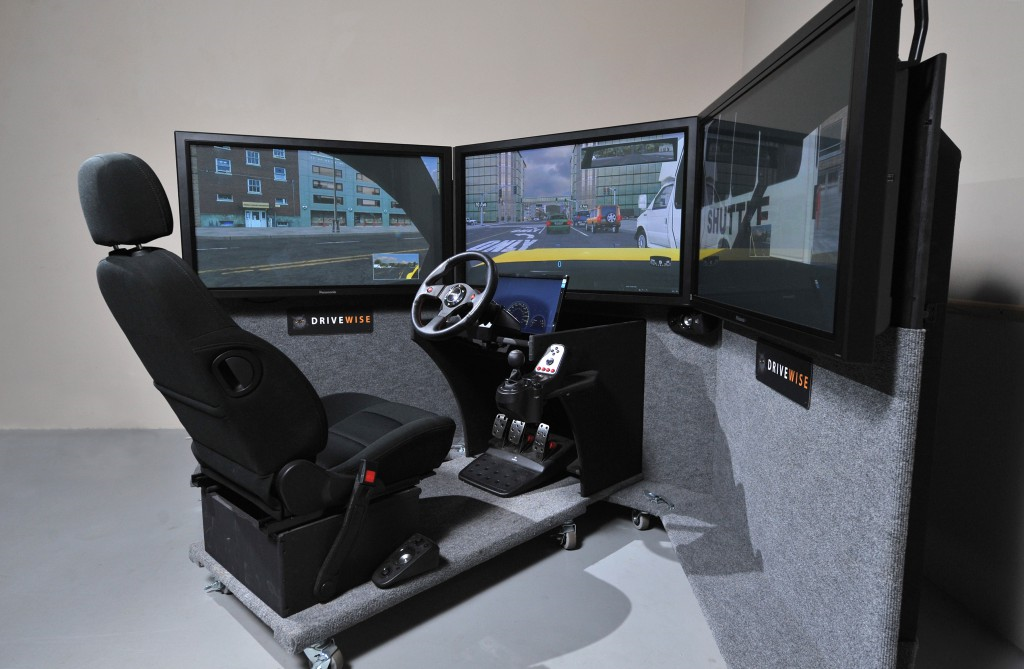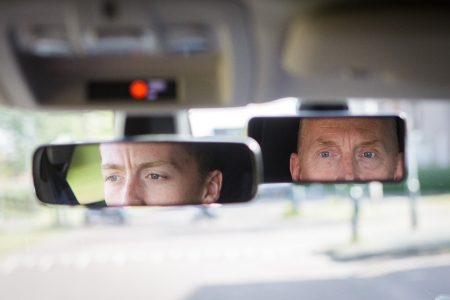A driving simulator may offer the following training benefits:
- Expedited exposure to a broad range of traffic situations
Scenarios may be designed to harbour a large number of learning occasions in a short period of time. This will make training more intense. During actual road use, the learning occasions are fewer in number. - Improved feedback options from different perspectives.
Without feedback, learning is impossible. Driving simulators offer the opportunity to give feedback during driving, for example by showing the candidate’s actions during a specific traffic assignment ‘from above’ or by displaying them from the perspective of the other road user. - Unlimited repetition of learning occasions
If a driving instructor wants to practise merging on a busy motorway in a driver’s ed car, he depends on the contingency of this difficult merging task occurring during the driving lesson. In a driving simulator the required situation may be staged and often repeated. - Automated and objective assessment
In a driving simulator, a candidate’s performance may be measured very accurately and objectively. During driving lessons, candidates have to rely on the driving instructor’s ‘clinical view’. - Demonstration of actions
During driving lessons, the driving instructor tells the candidate how to act. Hardly ever does the instructor take place behind the wheel to show the candidate how things are done. In a driving simulator, screens may show how actions are supposed to be carried out. - Safe practice environment
Only very few candidates will have had driving lessons in dense fog. In a simulator, driving in hazardous conditions can be practised safely.
Driving simulators also have disadvantages. A simulator mimics a reality that, even in the case of the most advanced high-end simulators, is far from perfect. If the simulator conditions strongly deviate from reality, the simulator lessons learned will not necessarily be applicable in actual traffic. A candidate may also become nauseous in the driving simulator (simulator sickness).
Research into training simulators used in the Netherlands has shown that having started lessons on a driving simulator slightly increases the chances of passing the driving test [25]. Whether simulator training will also result in a lower crash risk after licence acquisition is not known.
 Figure 1 Example of the type of driving simulator often used for training purposes.
Figure 1 Example of the type of driving simulator often used for training purposes.
